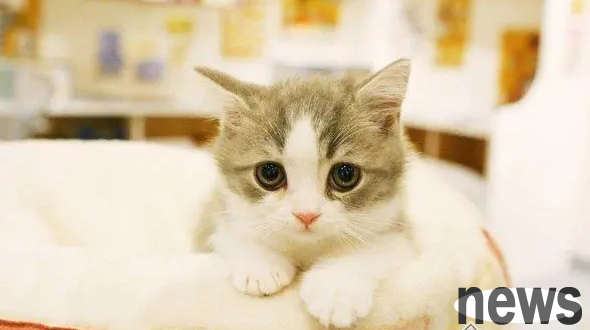Whether it is for cats or dogs, changing teeth is necessary. They will change teeth at a certain time. For some people who are just starting to raise cats, they may not understand it very much. Let’s talk about how many months it takes for cats to c...
Whether it is for cats or dogs, changing teeth is necessary. They will change teeth at a certain time. For some people who are just starting to raise cats, they may not understand it very much. Let’s talk about how many months it takes for cats to change teeth? Which teeth should a cat change?
The growth and teeth change of cats are very regular. By observing cats' teeth, you can often roughly estimate the age of cats. Generally, cats three to four weeks old will grow breast canine teeth (that is, two canine teeth in the upper and lower jaws) and small incisors in the upper jaw. By the fifth week, all the baby teeth will grow together.

Cats will change all their teeth when changing their teeth. In fact, cats are like humans, and the growth and development of cats' teeth also go through two stages, namely the breast tooth stage and the permanent tooth stage. During the stage, the cat has 26 teeth. When it reaches the permanent tooth stage, the cat will have 30 teeth, and the extra ones are 2 molars each of the upper and lower parts.

From the fifth month after birth, cats start to change their canine teeth. At this time, when you open the cat's mouth, you can often see that the gums on the cat's canine teeth are slightly red, which is a sign of new teeth. In another week or two, you can see that the cat has four canine teeth on its upper jaw or lower jaw, that is, there are two teeth on the same canine teeth, one is slightly thick, and this is the newly grown teeth. As the new teeth grow, the breast canine teeth are slowly loosened and fall off and are spit out by the cat.
The above are some knowledge points about cats changing teeth. For those who have kittens at home or want to keep kittens, you can learn about it in advance.